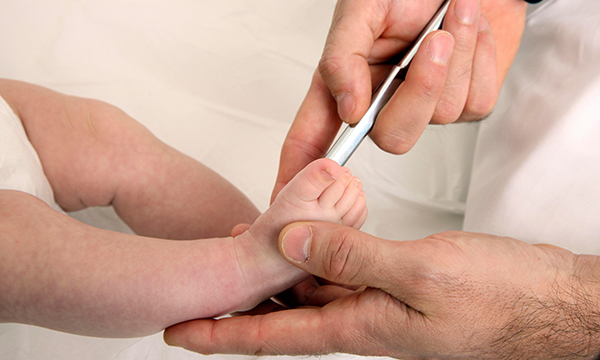Biological basis of child health 4: an overview of the central nervous system and principles of neurological assessment

Resource
Exclusive quality-assured learning resource
Online

Available to RCNi Plus subscribers
Applicable for any nurse with an RCNi subscription
This article is the fourth in a series on the biological basis of child health. It explains the embryological development of the nervous system and describes some of the anatomical and physiological features of the central nervous system, which is comprised of the brain and spinal cord. It also outlines the principles of neurological assessment in infants and children, before detailing the presentation and management of three conditions that can affect the central nervous system in this patient population – seizures, meningitis and raised intracranial pressure.
Who is this resource for?
This resource is aimed at nurses and nursing support workers across all settings and levels of practice, including students of health, social work and care professions.
Authors
Downloaded content date
PDF created on: 15 Dec 2025.
Downloaded from: https://rcnlearn.rcn.org.uk/Search/e1249-Biological-basis-of-child-health-4-an-overvi.
Please check: https://rcnlearn.rcn.org.uk for a more up-to-date version of this content.
 ;
;